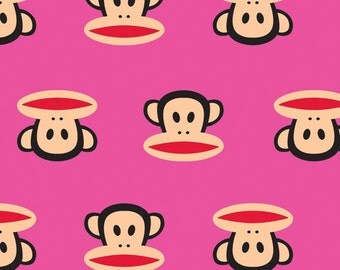

is becoming a multiracial society, and many people find different things about her that they can identify with. Her father was German/Hungarian/Jewish, and her mother was very indigenous. Speaking of her political reality as an early-20th-century Communist thinker, what might explain the “Frida phenomenon” in the United States–or, as she referred to it, Gringolandia? “I think the fascination is easy to understand,” Luke says. “It is also true that Frida lived around many monkeys, had them as pets and even gave them names,” he says. “The monkey is a symbol of sex and becomes her alter-ego.” But as the former director of the Museum of Latin American Art in Long Beach notes, symbolism in Kahlo's paintings were simply reflective of her everyday life.
Julius the monkey zip#
“As it happens with Frida, people look at her paintings and the iconic imagery and create a visual discourse based on elaborate theories,” acclaimed art lecturer Gregorio Luke says. Mens shoulder messenger bag with Julius Monkey printed on the front With front pocket fastening for easy storage and access and zip fastener Dimensions (. Kahlo, the person and the artist, was ever-drawn to primates and included them in a number of artistic self-portraits. The Mexican-plus-monkey equation is much more than simple consumption of recognizable imagery. The two came together as the new bilingual Mi Cultura Is 2 Cultura blog recently stumbled upon the Julius-Kahlo “lovechild” image on a sheet of stickers sold at a Target store earlier this month and added up the melding in a simple visual equation:


Kahlo has similarly been a familiar sight, arguably even much more so, on apparel and other such wares. Julius the Monkey, created by Frank in the mid-'90s around the same time he co-founded the apparel-and-accessories firm, has been a ubiquitous staple of T-shirts, tote bags and jewelry. It could only be the latest manifestation of the iconic Mexican painter Frida Kahlo in pop art, as most fans guessed correctly, in Costa Mesa-based Paul Frank Industries' contribution to the seemingly never-ending Frida phenomenon. superimposed on the familiar image of Julius the Monkey. Heuser himself was confused by the popularity of Julius. I remember designing things that never got sold because people only wanted to take on Julius, Frank told Inc. Scarcely fiy years ago, a 14-year-old street urchin. Many, if not all, of the people who wanted a piece of Paul Frank Industries really wanted a piece of Julius the Monkey. The clues were obvious–the floral crown, the unibrow no one else could really pull off. Everyone knewthe story ofthe so-calledmonkey boy and Julius III, then Cardinal Maria del Monte. The official Facebook page of cartoonist/artist/fashion designer Paul Frank quizzed faithful fans by asking “Who am I?” after posting a new Polaroid-style image.


 0 kommentar(er)
0 kommentar(er)
